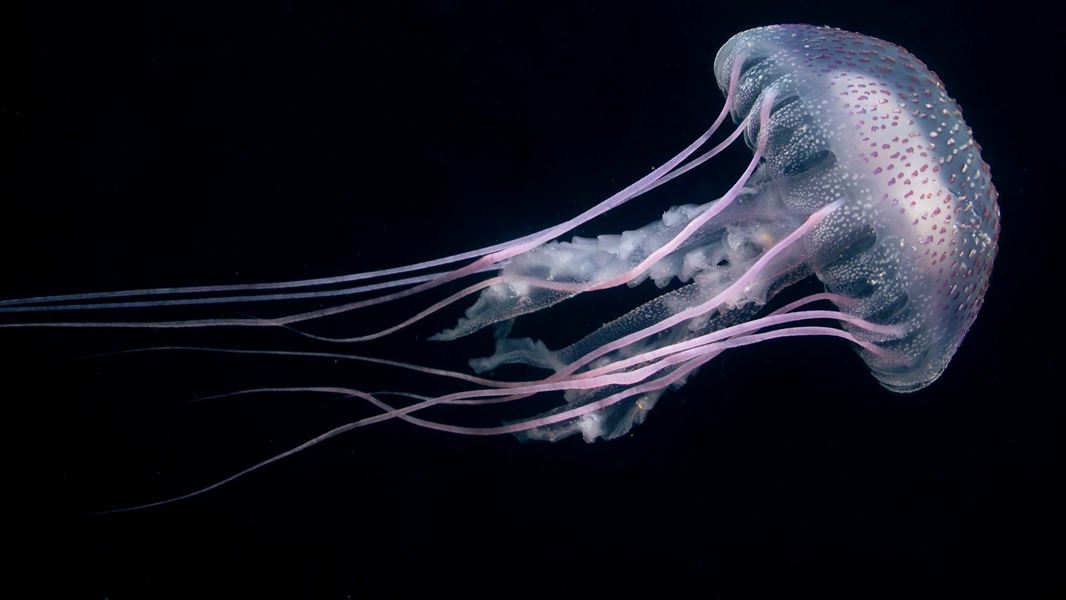The MPA Protection Standard was developed to assess which management tools offered sufficient protection to habitats and ecosystems for areas to be considered as Marine Protected Areas (MPAs).
Sugar Loaf Islands Marine Protected Area
The Sugar Loaf Islands Marine Protected Area surrounds Nga Motu/the Sugar Loaf Islands, offshore from New Plymouth. It used to be a marine park, but its protection was strengthened in 1991 with a special Act of Parliament, to exclude oil exploration. A large part of this MPA is now included in Tapuae Marine Reserve.
Recreational rod fishing is permitted within the MPA but set netting and long lining are banned. Commercial fishing, except trolling for kingfish and kahawai, is also banned.
Visit Nga Motu/the Sugar Loaf Islands
Mimiwhangata Marine Park
Situated between Whangarei and the Bay of islands, this Marine Park was established in 1984 and is administered by the Ministry for Primary Industries (MPI) under the Fisheries Act. Commercial fishing has been prohibited since 1994, and recreational fishing methods have been restricted.
Visit Mimiwhangata Marine Park
Fiordland Marine Management Area
The Fiordland (Te Moana o Atawhenua) Marine Area is a unique and diverse location home to huge variety of fish, species of sponge, lampshells and stunning black corals as old as 300 years. The area is made up of 10 marine reserves bordering the Fiordland National Park, blue cod closures and various fishing restrictions including a total set net ban. All these protection measures are grouped together in an overarching management area with its own legislation created in 2005.
Visit Fiordland's marine reserves
Ross Sea region Marine Protected Area
This Marine Protected Area covers 1.55 million km2 of ocean bordering Antarctica from ice edge to deep ocean. It protects the unique marine species, biodiversity and habitats of ocean bordering Antarctica.
Ross Sea region Marine Protected Area
Mātaitai reserves
The purpose of mātaitai reserves is to provide for customary fishing use and management practices. They are developed and managed by local iwi/hapū with MPI, applying customary management and food gathering practices.
Though not proposed primarily for biodiversity protection, if tangata whenua so wish then it is possible to implement mātaitai reserves in such a way that it meets the criteria for a Marine Protected Area.
Te Whaka a te Wera Mātaitai Reserve
This mātaitai reserve in Paterson Inlet, Rakiura/Stewart Island, prohibits set nets, cod pots, drag nets and shellfish dredging. Ulva Island/Te Wharawhara Marine Reserve lies within the mātaitai reserve (though it is not part of it).
- Te Whaka a te Wera Mataitai Reserve brochure on MPI website
- Visit Ulva Island/Te Wharawahara Marine Reserve
Fisheries closures
Paterson Inlet fisheries closure
This is a fisheries closure area adjacent to Te Whaka ā Te Wera Mātaitai Reserve in Paterson Inlet, Stewart Island (where trawling, Danish seine and commercial and amateur dredging are prohibited).
Pukerua Bay fisheries closure
This fisheries closure is administered under the Fisheries Act.
Pukerua Bay closure on MPI website
Moutere Hauriri/Bounty Islands and Motu Ihupuku/Campbell Island (bottom trawling and Danish sein prohibition) fisheries closures
All of the territorial sea surrounding the subantarctic Bounty Islands and outside of the Moutere Hauriri/Bounty Islands Marine Reserve is protected by a prohibition on bottom trawling, Danish seining and dredging.
All of the territorial sea surrounding subantarctic Campbell Island and outside of the Moutere Ihupuku/Campbell Island Marine Reserve is also protected by a prohibition on bottom trawling, Danish seining and dredging.
Visit the subantarctic islands
Punakaiki North, Punakaiki South and Hautai fisheries closures
The Fisheries (Challenger Area Commercial Fishing) Regulations 1986 were amended in July 2015 to prohibit the use of mobile, bottom-impacting commercial fishing methods in the areas which border the Hautai and Punakaiki Marine Reserves on the West Coast, South Island. The regulations protect benthic (sea bed) habitats in these areas, while still allowing some (non-damaging) fishing methods to continue. All fishing activity is prohibited within the adjacent marine reserves.
Visit West Coast’s marine reserves
Pukerua Bay Fisheries closure
This fisheries closure qualifies as an MPA, and is administered under the Fisheries Act.
Pukerua Bay closure on MPI website
Submarine cable and pipeline protection zones
Protection zones prevent all marine-based activities that may threaten undersea cables or pipelines. They can have the effect of protecting local species and habitat. If the positive effects are strong enough to meet the MPA Protection Standard, Submarine Cable and Pipeline Protection Zones can qualify for MPA status.
They are established under the Submarine Cables and Pipelines Protection Act 1996, administered by the Ministry of Transport. The following cable closures meet the protection standard for Type 2 MPAs:
- Cook Strait Submarine Cable Closure
- Oaonui Submarine Cable Closure
- Whangaparāoa Peninsula Submarine Cable Closure
- Hauraki Gulf Submarine Cable Closure
- Pohokura Submarine Cable Closure
- Kawau Island Submarine Cable Closure
- Great Barrier Island Submarine Cable Closure
- Muriwai Beach Submarine Cable Closure
